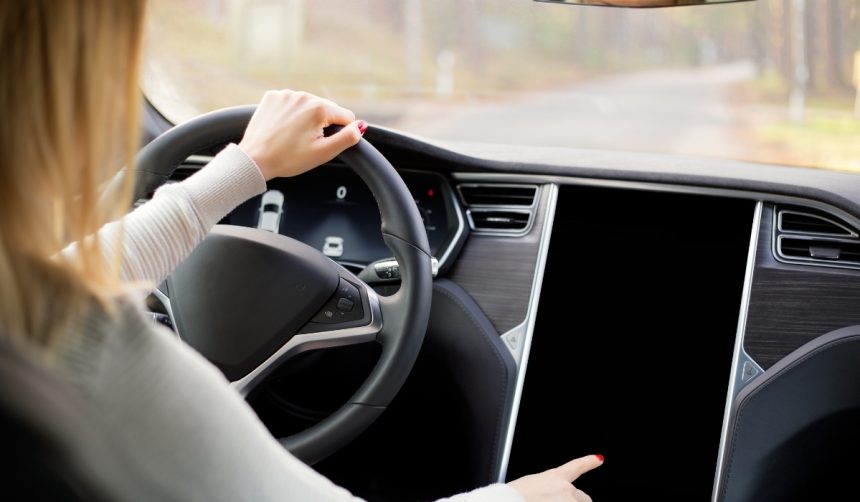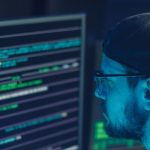Tesla is moving forward with its ambition to launch autonomous ride-hailing services by targeting several U.S. cities for initial pilot programs. This strategic rollout is part of Tesla’s broader vision to integrate its Full Self-Driving (FSD) technology into commercial applications. The company is evaluating multiple locations to ensure optimal deployment of its self-driving fleets, aiming to enhance urban mobility and provide innovative transportation solutions.
Past reports have indicated Tesla’s interest in autonomous ride-hailing since at least May, but recent developments show accelerated discussions with city officials. Compared to earlier timelines, the current plans suggest a more immediate approach to testing and deploying robotaxis, potentially ahead of initial expectations. This shift reflects Tesla’s commitment to advancing its self-driving capabilities in real-world environments.
Which Cities Are Being Considered for the Pilot Programs?
Austin, Texas is a primary candidate for Tesla’s early deployment, with ongoing talks between the company and local officials. An employee stated,
“Tesla is still working to strategically find a city within Texas to deploy… The city of Austin is obviously on our roadmap, but has not yet been decided where we will deploy first as we have many options available.”
Additionally, California cities like San Francisco and Los Angeles are under consideration, given their existing infrastructure and previous experience with autonomous vehicle testing.
How Is Tesla Preparing for Safety and Regulation?
Tesla is prioritizing safety by training first responders and integrating teleoperation as a contingency during the initial rollout. The company held an event at its Gigafactory in Austin to educate first responders on interacting with autonomous vehicles. Furthermore, Tesla plans to meet stringent safety expectations and comply with regulatory standards to ensure public trust and smooth deployment of its robotaxi services.
What Sets Tesla’s Approach Apart from Competitors?
Unlike competitors such as Waymo, which relies on extensive geo-mapping, Tesla utilizes an AI neural network trained on real-time video footage from its vehicle fleet. CEO Elon Musk highlighted that this approach allows for greater scalability and adaptability in diverse urban settings. With safety measures like teleoperation and safety drivers, Tesla aims to differentiate its services by leveraging its existing technology and infrastructure.
Tesla’s Cybercab, unveiled during the “We, Robot” event, exemplifies the company’s commitment to autonomous ride-hailing with features like a large touchscreen interface and the exclusion of traditional controls such as a steering wheel and pedals. Although production for the Cybercab is expected by 2026, Tesla’s current vehicle lineup may support the initial phases of commercial self-driving services, positioning the company as a significant player in the evolving robotaxi market.
The competitive landscape includes established entities like Waymo and Amazon’s Zoox, but Tesla’s integrated approach and existing market presence provide it with a unique advantage. As regulatory frameworks develop and public acceptance grows, Tesla’s proactive strategies and technological innovations are likely to play a crucial role in shaping the future of autonomous ride-hailing services.
Tesla is advancing its autonomous ride-hailing initiatives through strategic pilots in select cities, focusing on safety and regulatory compliance.










